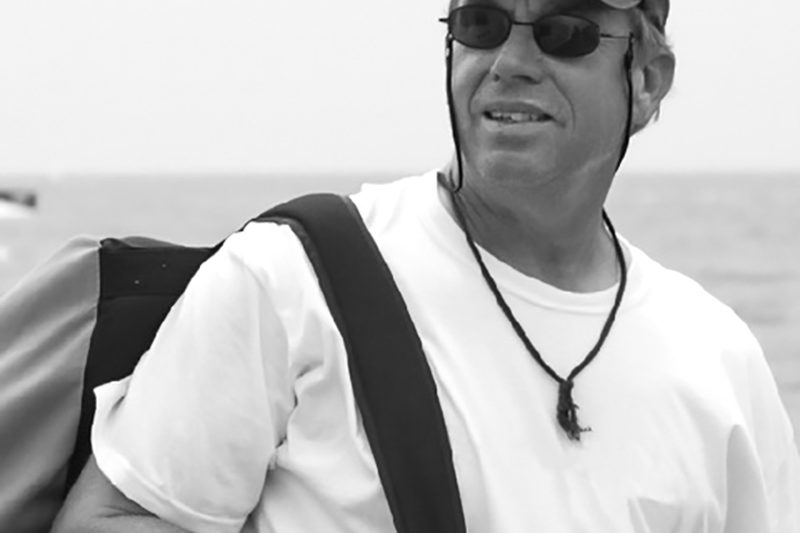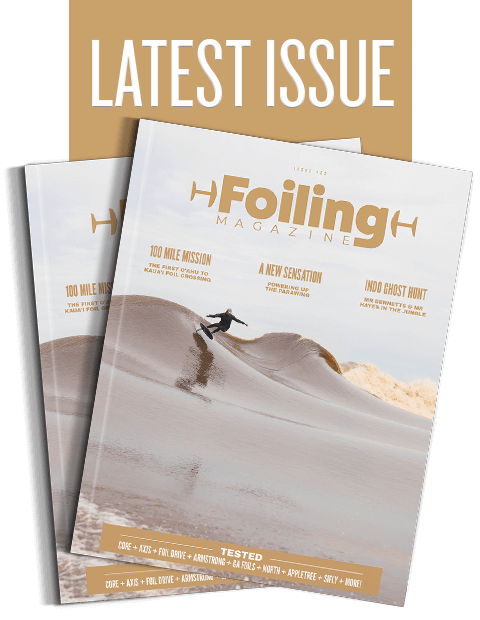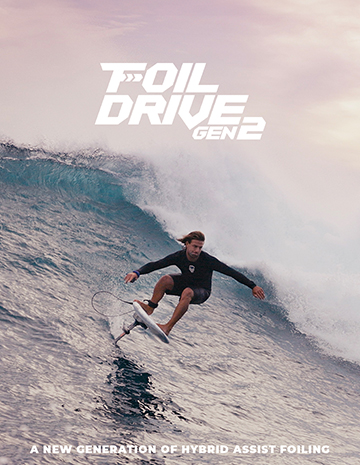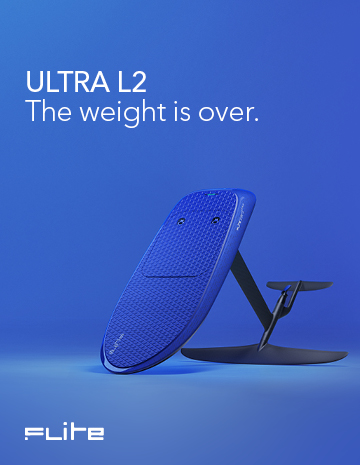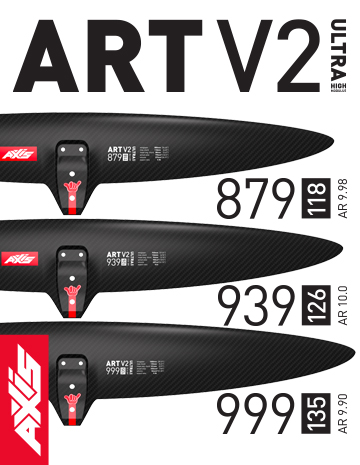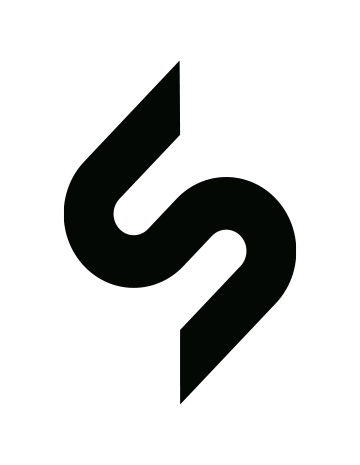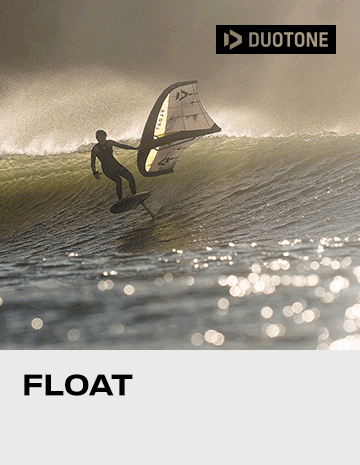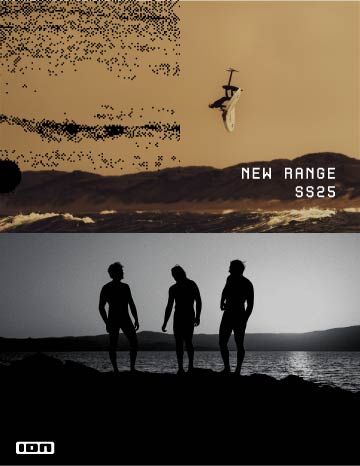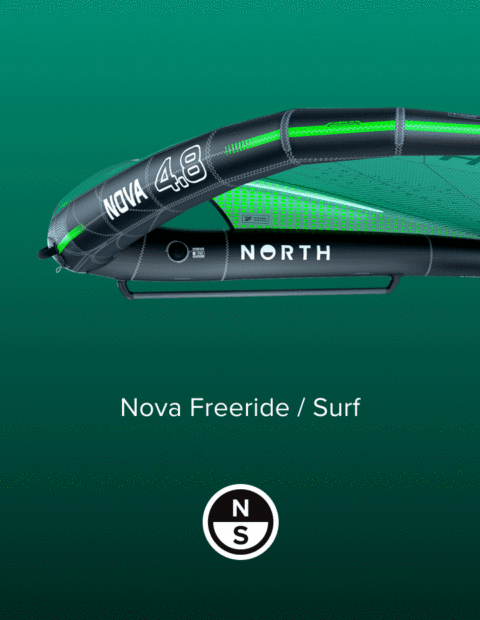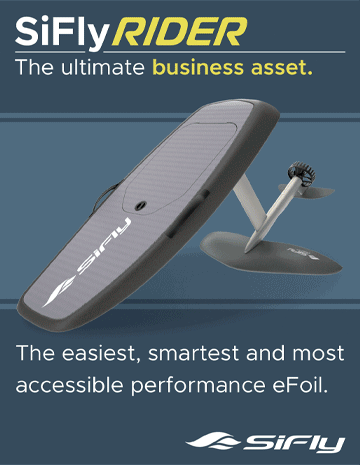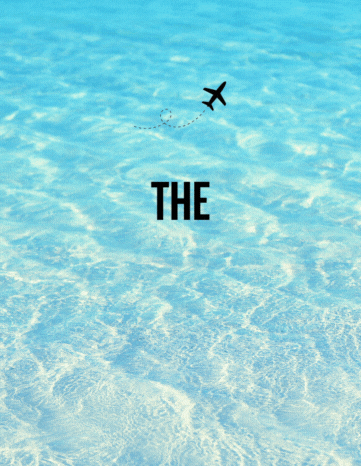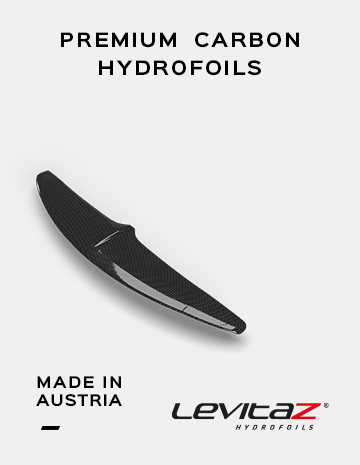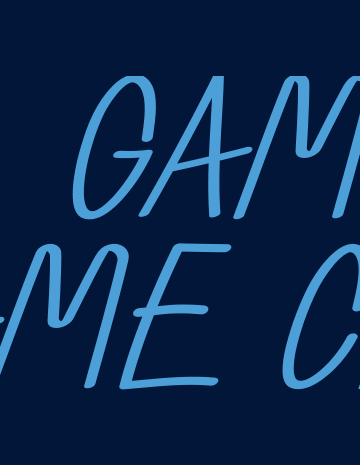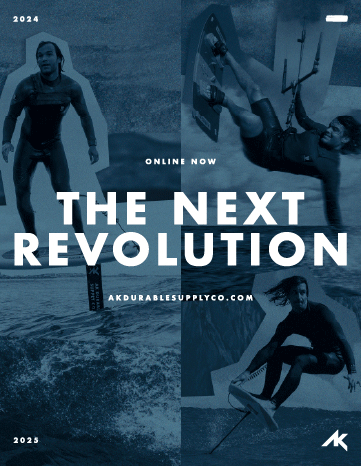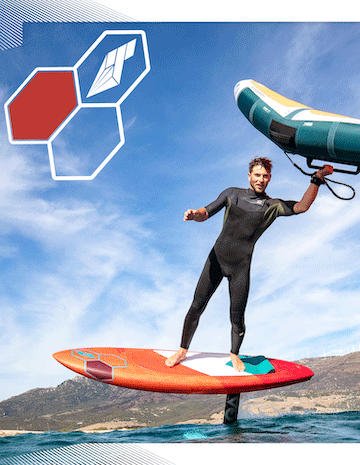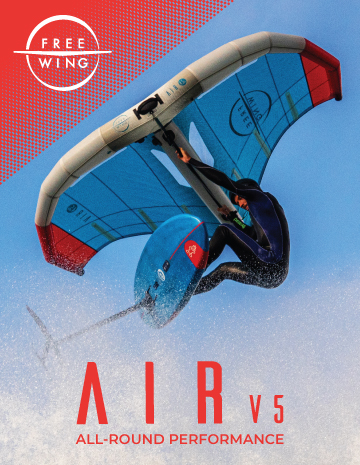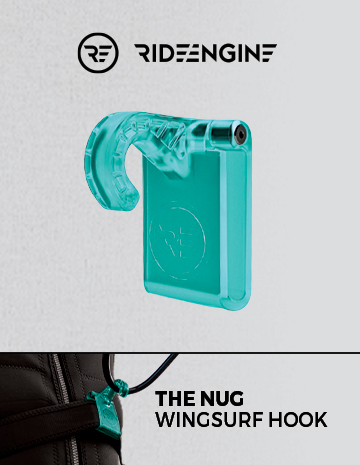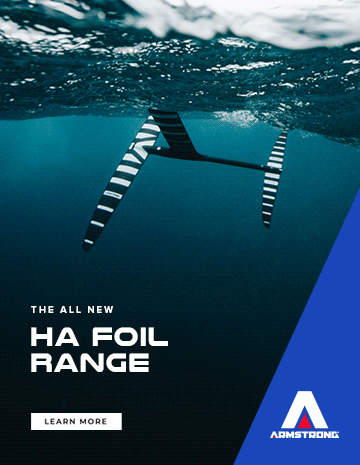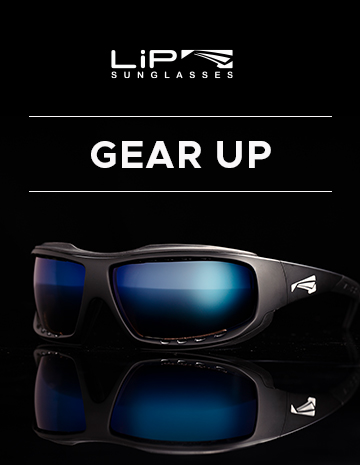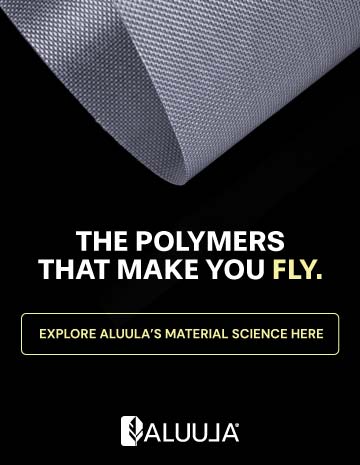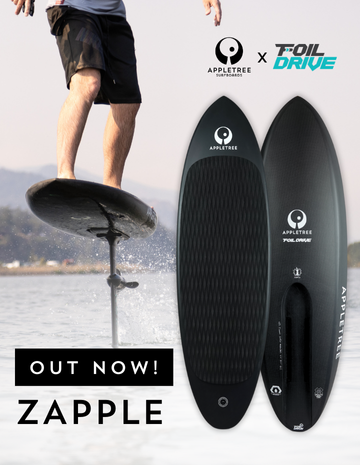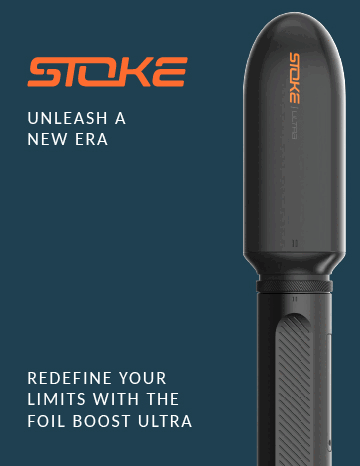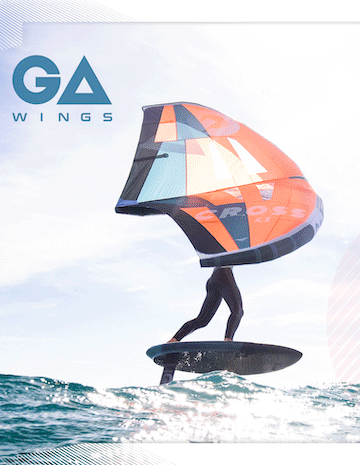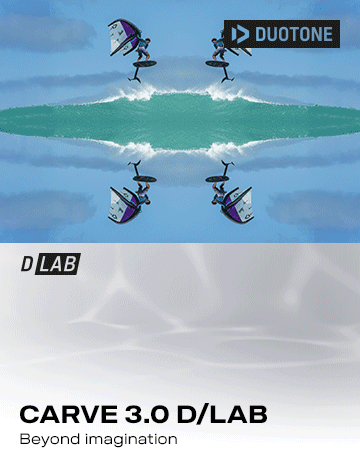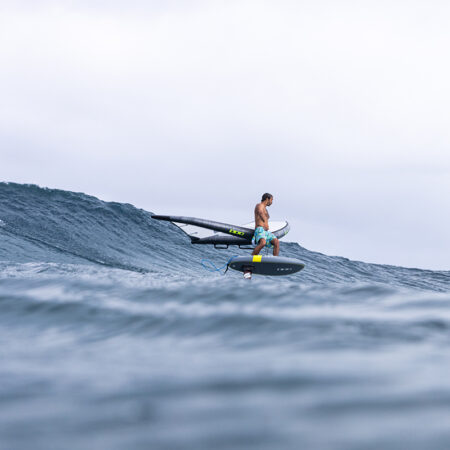Wing Commander: Bill Hansen
William Bill Hansen is one of the pioneers when it comes to developing and conceptualizing new and advanced designs in watersports. It all started for Bill with a love for all things flying. As a child, he built small airplanes and spent much of his time making things fly. As Bill Hansen's life progressed, it became apparent that it wasn't just his childhood interest. He got his pilot's license when he was just 16 years old, saving up the money with his job as a newspaper delivery boy. He never lost his interest in aerodynamics, specializing in applied physics in college and sailing on the team for his school at the time. Applied physics and especially aerodynamics then brought Bill to Berkeley University, where he graduated a few years later…
When windsurfing became big, Bill was one of the first to use his aviation and sailing background to see an opportunity to update and improve the old and clunky sails. A sailmaker helped him understand the basics on the sewing machine and in sail design. Shortly after, he understood that while the wheel didn't need to be reinvented, there were some improvements that could be made to make it spin better. His expertise led him to tailor sails for friends and more and more orders found their way onto his desk. The whole enterprise increased to the point where Bill launched his sails with the catchy name Wind Wing. Bill never lost interest in creating and designing products for the water sports world, leading him to multiple brands as the main designer. His journey continues, and his expertise can now be found in the products from VAYU…
Interview by: Loris Vietoris
Photos: Frithjof Blaasch / Bulgenslag (unless specified)
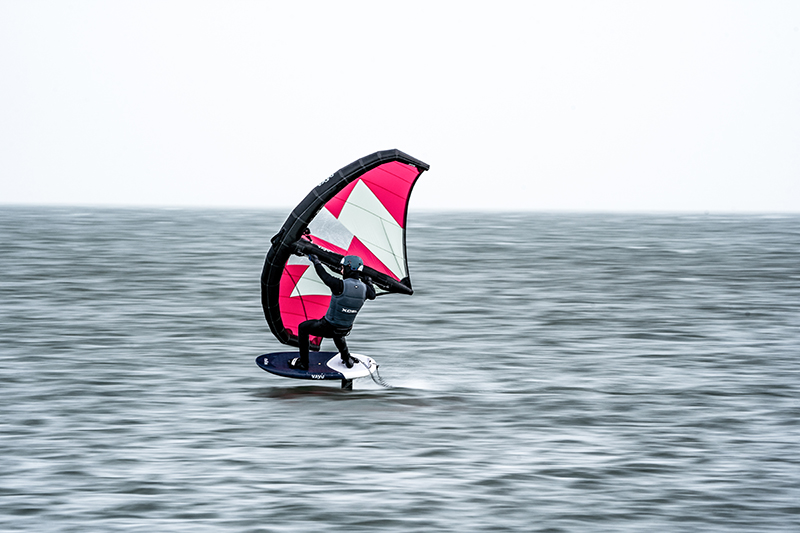
Bill, after all these years as a sail, kite and now wing designer, how does it feel to be constantly challenged to create a product that works? Is that still exciting for you at all?
Yes definitely, it's complex problems that come up every now and then and that's what makes it fun for me. I think my scientific background gives me a different approach than many others. There are aspects that require creativity, but just as many aspects that challenge the technical knowledge enormously and force you to think and test until it really works. I like the role of problem solver, in fact I see myself as more of a problem solver than I am a designer.
Over the years, what do you think has changed the most in product development?
In the old days, there were no fluid flow analyses or programs that showed you how the wing or kite might actually fly. Everything that was developed in the early years was first and foremost in my head. I sometimes slept little or not at all for several weeks at a time because I was afraid I would forget something or make a mistake. I thought things over until they made sense to me and only then did I sit down at the sewing machine. That is different today, my hard drive in my head still runs like that, but so does my hard drive on my PC and I have adapted a bit to modern working. All these technical tools and possibilities help in the development process, especially to save time and costs for material. Ideas that I used to draw on blueprints, I now simply enter into programs. Of course, something is lost in the process, namely the feeling when you hold something you've created in your hand for the very first time and it works the way you imagined it in your head.
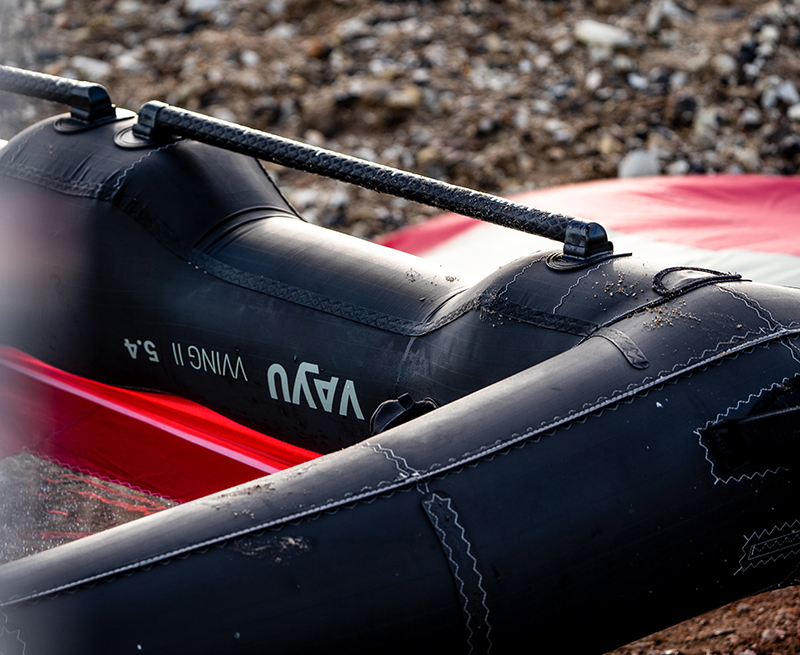
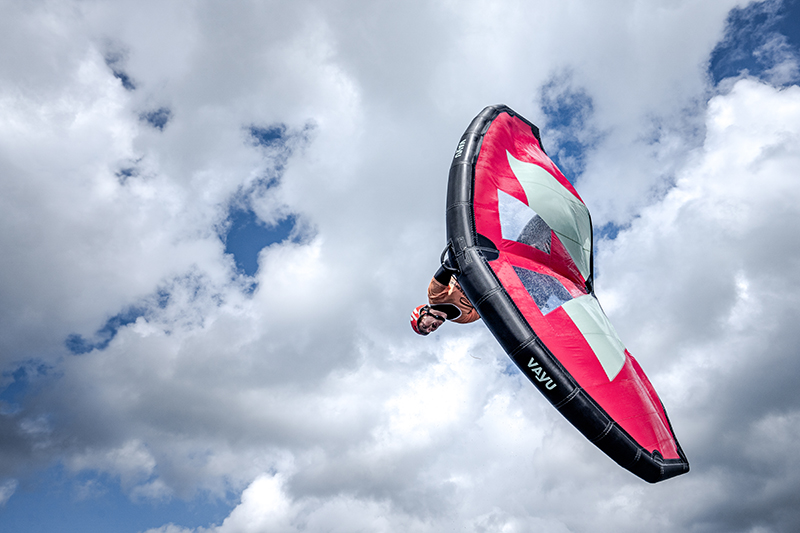
How do you go about designing a new product?
First of all, I look at what requirements I want to meet, there my requirements are very simple to be honest. I want a product that will satisfy as many sports people as possible. I don't want to develop something that in the end is a niche product and only a few people have fun with it. As I said before, I use some programs that show me if it can work, what I am thinking about. But what no program can offer me is the feedback from riders who have flown the wing or kite and tell me their personal experiences. I don't need to reinvent the wheel, but I repeat the steps of re-tailoring and testing until the feedback from riders and testers is consistent. I am simply a friend of the try and error principle. I always try to incorporate as accurately as possible what testers and riders give me as feedback into my products efficiently.
What are your demands on a product?
That is quite easy to answer. I want to design and launch a product that can make a lot of people happy. I want it to work equally well for everyone, be it a professional or a complete beginner. In my opinion, a product is only good when it can do just that. The biggest praise I can get for my work is when someone emails me and says they just had fun on the water. That is worth much, much more to me than any podium finishes.
Why did you decide to design wings and not stick to kites and windsurf sails?
The whole thing goes back many years, I mean I didn't invent the sport itself, but back in the 80's I developed the Windweapon with Tom Magruder. The Windweapon is a handheld wing, with a mast but that was the first step we took 40 years ago. It wasn't until the advent of hydrofoils that the concept became even more interesting. For me, it was a natural progression that I would also design wings at some point. Then when Vayu approached me that the whole thing took off.
What would you say has changed the most in wing design over the last three to four years?
Honestly, a lot has changed. Wings are not inherently stable, so I have made much more use of my aerodynamic understanding when designing wings. My experience combined with some intuition made the first prototype for Vayu fly well right away. When the guys at Vayu told me that my wing worked and was easy to use, I was hooked. We came up with the idea pretty quickly that we needed a firm and rigid connection from the rider to the wing. In an airplane, for example, you have the control system that is directly responsible for pitch and roll, and that's what a good wing should have. The stiff connection is the control system and should not be soft and floppy. If you have normal soft handles, you can pull, but when you push away or turn, you always work against the soft material first. More and more manufacturers have understood this and are adapting their products in this direction.
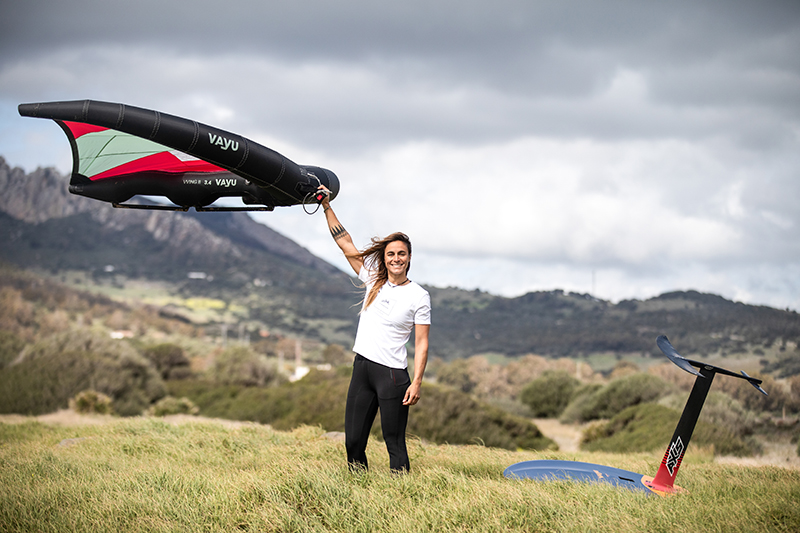
PHOTO: ANA CATARINA
What concept or idea did you follow with the Vayu VVing?
The concept was simple, a fixed connection for direct control without being far from the middle strut. Of course, we were not the first to use a fixed connection to the wing, but you can already say that we created the direct connection to the strut through the Bridge Boom. With the cut-outs in the middle strut, we managed to move the handles from the outside to the inside, so to speak, which was innovative and that was a pretty big success.
What are you currently working on?
Of course a product can never be perfect, nothing is perfect. But our biggest drive in development is to get as close as we can to the ideal shape. Of course, we are constantly trying to improve performance without neglecting certain basic characteristics. Cloth tension, material mix, weight are currently our biggest adjusting screws. Of course, we try to adjust the aspect ratio, but here, too, you are enormously limited by various factors. The aspect ratio is very dependent on the size of the rider, you can't design a wing that is only suitable for tall people, you also have to consider that short people want wings. This very fine line has to be met with the aspect ratio, so that all foilers can get their added value from our products. Of course, we are also faced with the challenge that a wing can no longer do justice to the complexity of the sport. So we decided to design a wing for the wave, which must have a better upwind performance and above all be light, stable and neutral to fly.
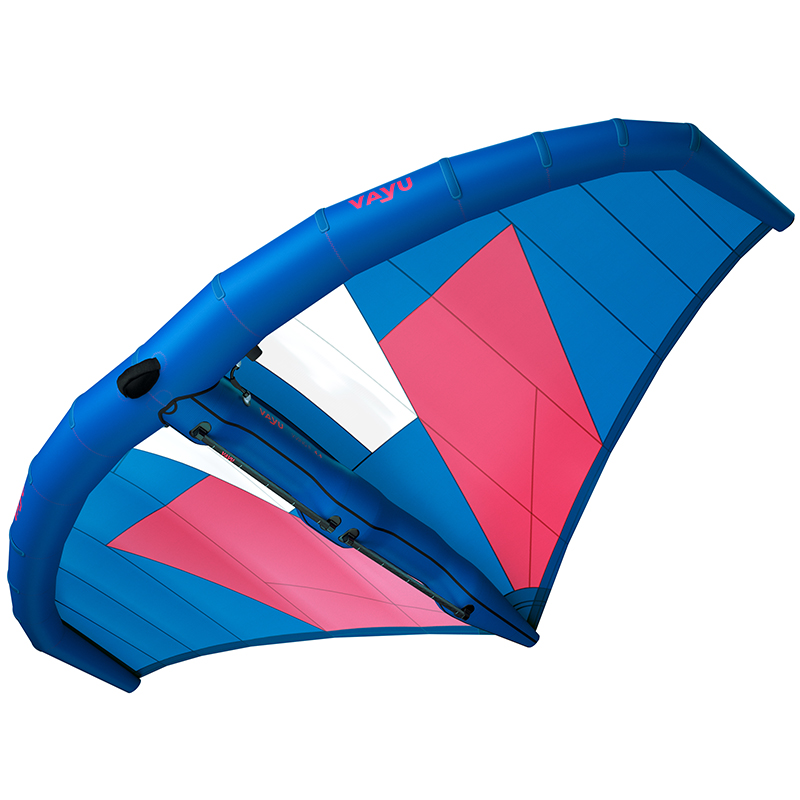
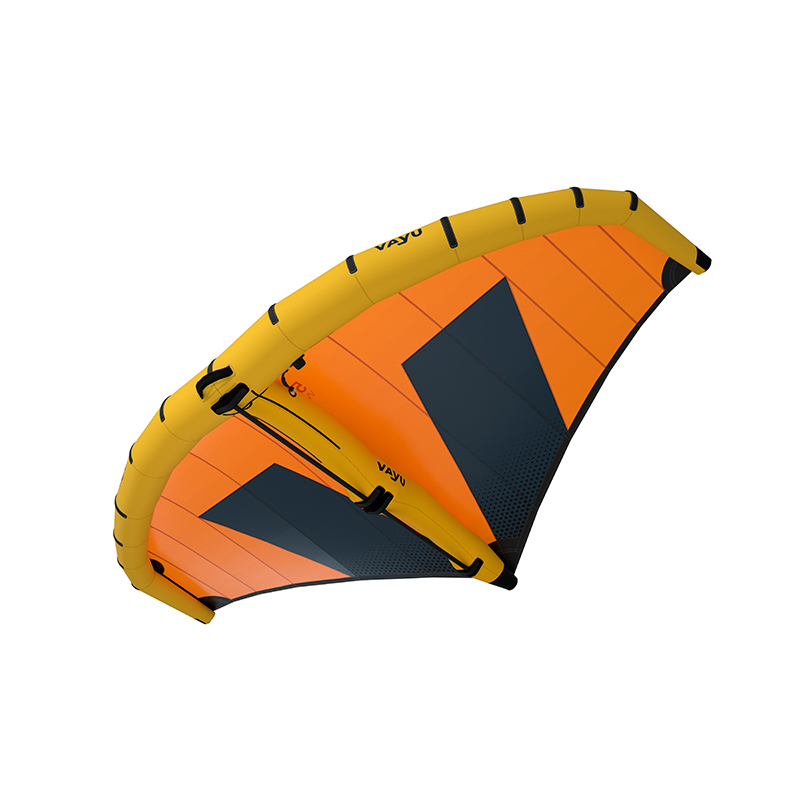
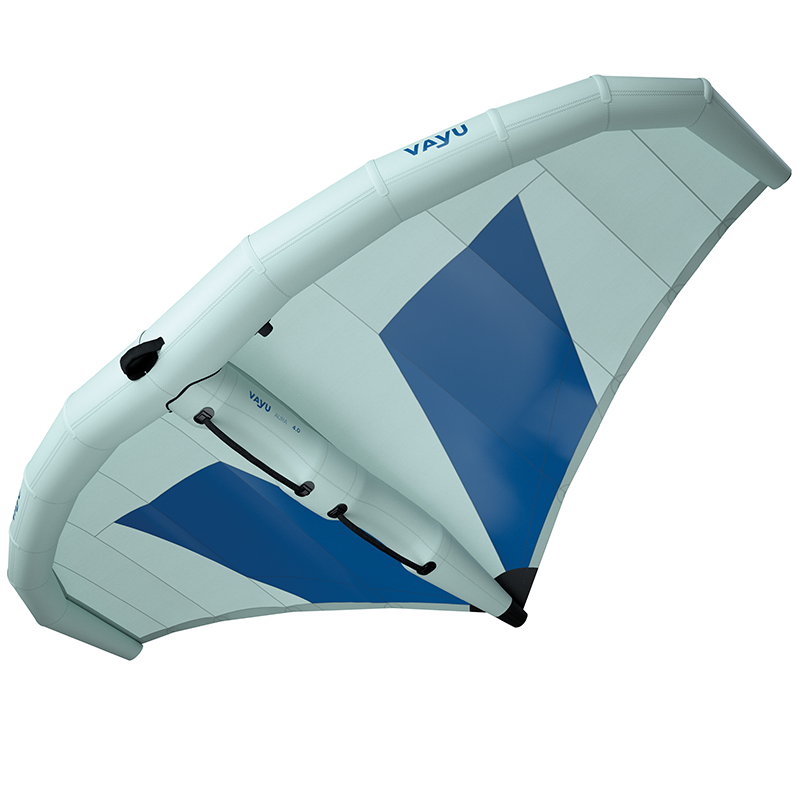
Do you think it’s possible you could make the simplicity of the sport too complex with too many products?
The goal of any brand is of course to bring products to the market. But it is very market driven to increase the quantity of the product range. In the case of wings, of course, many brands have a windsurfing background and there are so many different sails and designs. I have the feeling that this diversification of the products is good on the one hand, because it requires innovation and also drives development forward. But on the other hand you have to be very careful not to neglect the simplicity of the sport. I mean wings are small fun devices packed in backpacks and this approach must not be lost. I still maintain that a wing that works well can be used in flat water just as well as in the wave or even for racing.
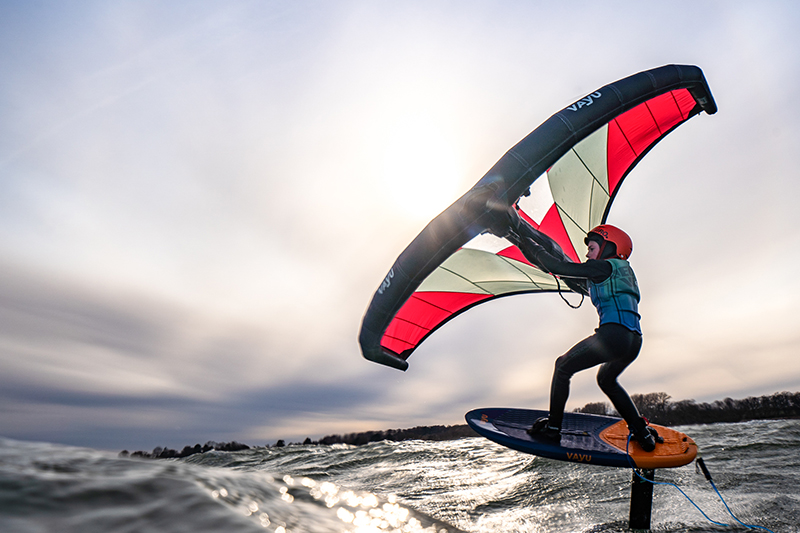
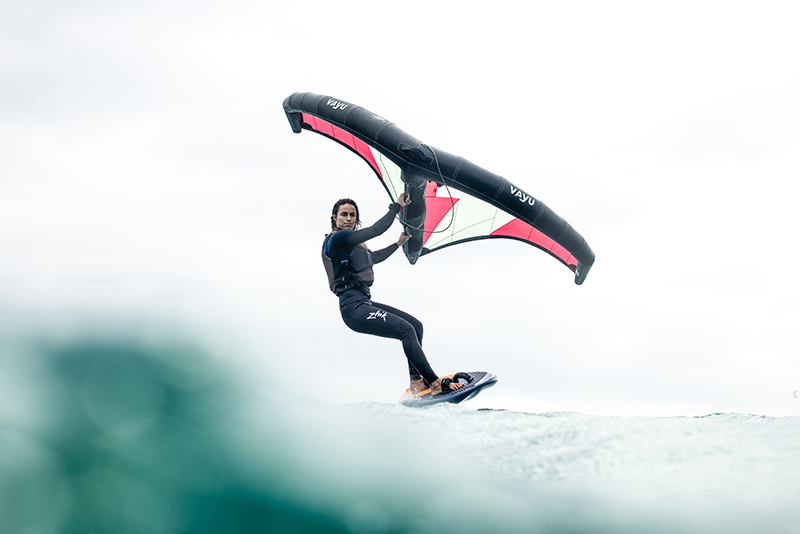
PHOTO: ANA CATARINA
At what point of development is wing foiling in right now and where do you see the future?
Currently quite clearly in the phase where every manufacturer manages to bring innovations and changes to the market within a very short time that really change something. But as I know from experience, at some point this development curve will no longer be so steep. Unless someone reinvents the wheel… For me personally, I can't imagine anything better than being a part of this development and once again contributing my knowledge to the further development of a sport that is still in its infancy. I mean I'm in my old age now, but designing and developing wings sometimes keeps me awake at night because I'm constantly thinking about what can be improved and changed, I haven't had that feeling for a long time and it's a good feeling!


